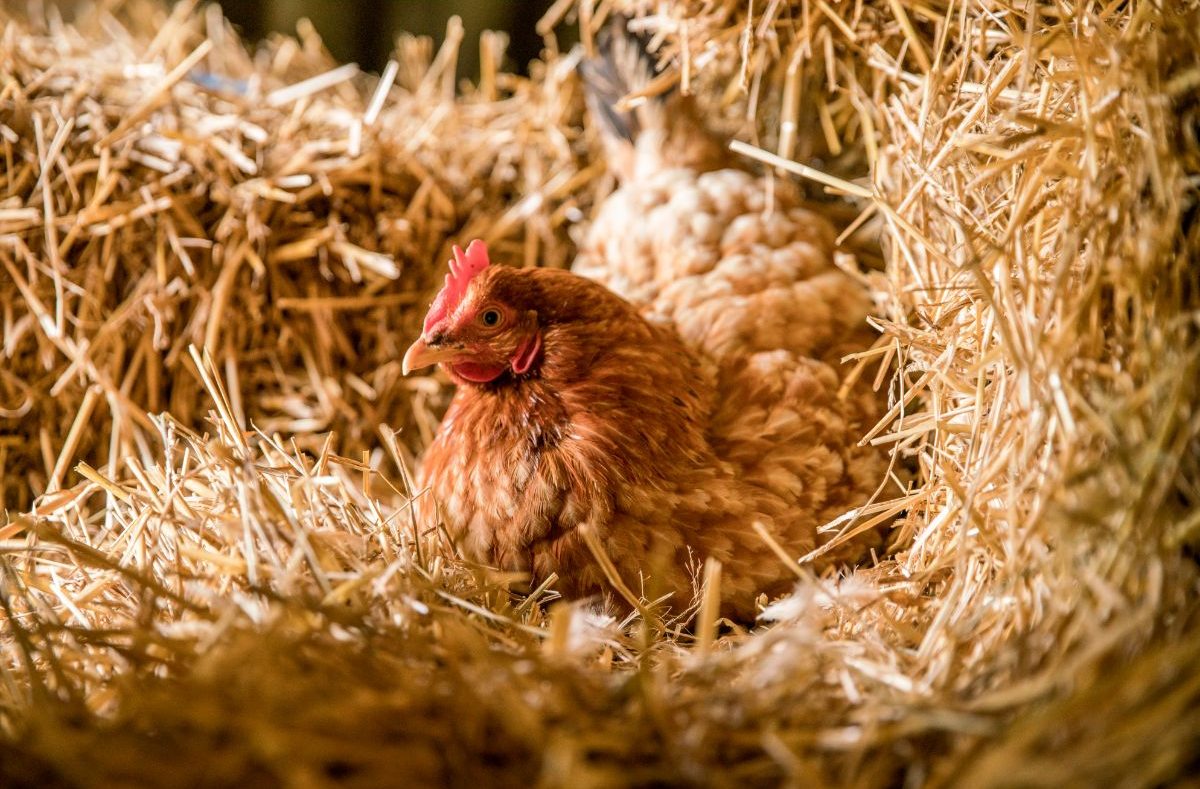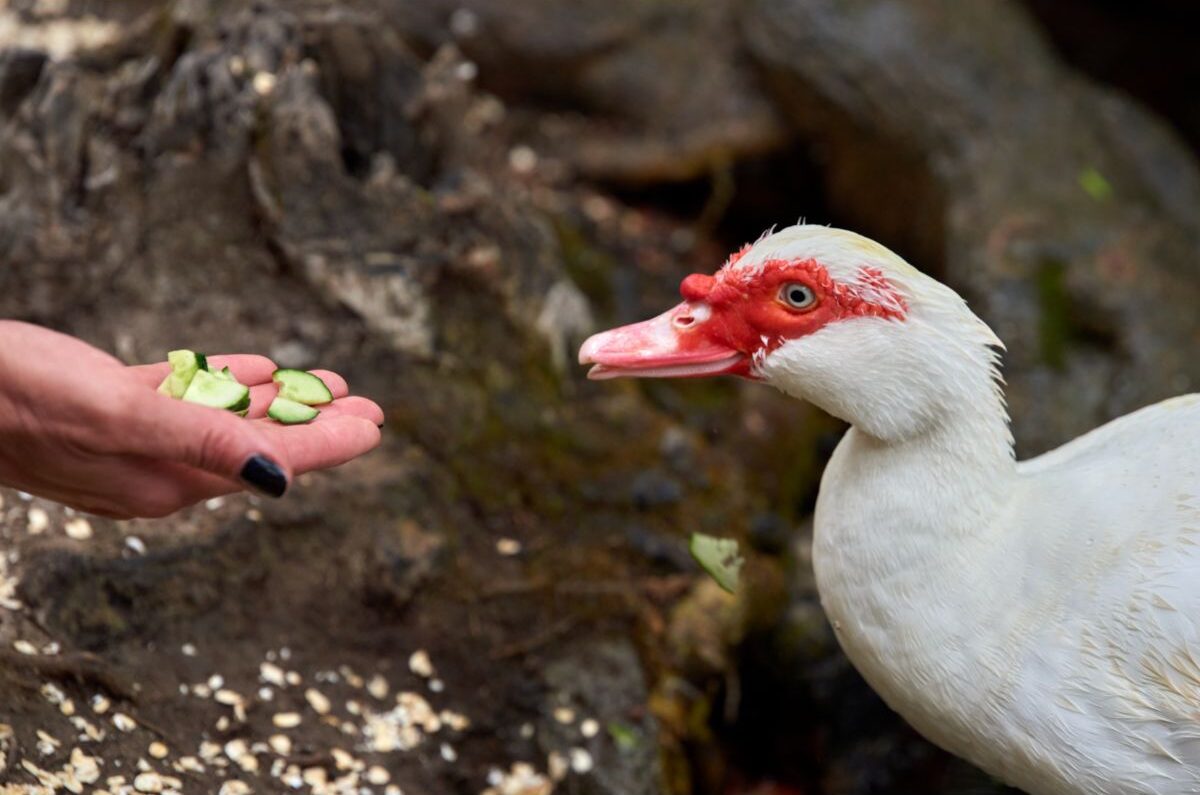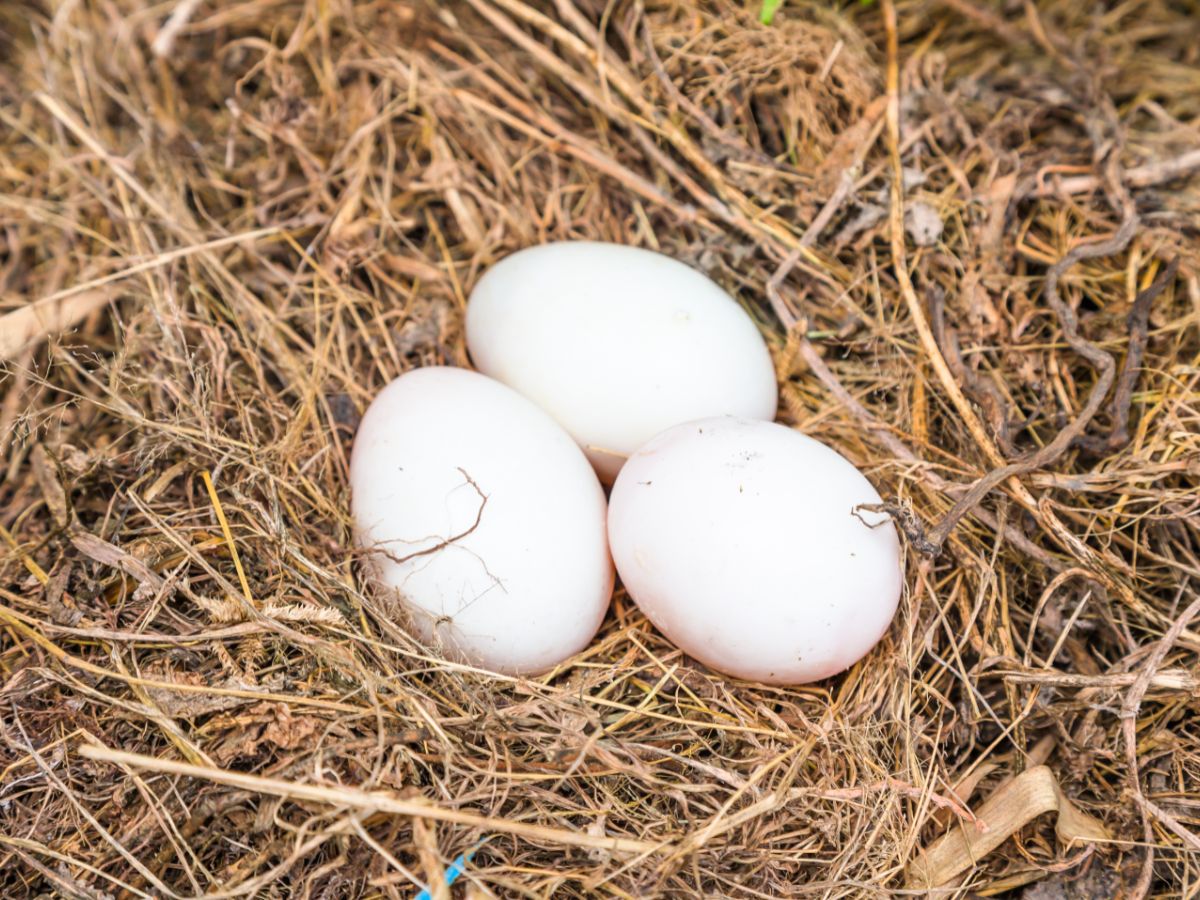Are you looking at raising a backyard flock of chickens? If you’ve got most of your supplies ready and have constructed your chicken coop, you may have heard about nesting boxes. Nesting boxes are not always used in a coop, but when you have hens, most backyard farmers prefer using nesting boxes. So what are nesting boxes, and what are they used for?
A chicken nesting box is designed for chickens to comfortably lay eggs. Nesting boxes are designed to fit one chicken. Generally, a coop will consist of numerous nesting boxes for chickens to lay their eggs in. Most chickens prefer having a nesting box to lay eggs in because they feel safe.
The biggest reason backyard farmers love nesting boxes is because they keep all the eggs in one place. Imagine hunting your entire backyard for your hen’s eggs. Nesting boxes are an easy solution for encouraging your hens to lay eggs and lay them in one place. In addition, nesting boxes keep the eggs safe and create a safe space for your hens to lay eggs, away from any threat from predators.
Contents
What Are Chicken Nesting Boxes?
A chicken nesting box is a simple box created for hens to have privacy while they lay eggs. A nesting box needs to be comfy and ensures the eggs are kept in a safe place for collecting and for them to hatch. Chickens are not fussy when it comes to laying their eggs; without nesting boxes, they may lay their eggs all over the place.
Creating The Perfect Nesting Box For Hens
Before creating a chicken nesting box, you’ll need to make it comfortable for your hens. This means your nesting box needs to be:
- Safe from predators
- In a quiet place
- It must be in a dark place
- Provide your hens with privacy
Hens prefer a nesting box that meets the above criteria. In addition, your hen will not lay eggs in a noisy area or a place that isn’t safe from predators.
The Best Materials To Build A Nesting Box
Plastic and metal boxes are a great choice as nesting boxes because they are easy to clean. You can either construct the nesting boxes yourself or purchase them. Nesting boxes come in many different designs and sizes. Depending on your requirements, you may choose a simply designed or top-of-the-range nesting box.
How To Line Chicken Nesting Boxes?
Chicken nesting boxes can be lined with various materials, including sawdust, shredded paper, and wood shavings. You can line the bottom of your nesting boxes with rubber mats for easy cleaning and then place some sawdust or wood shavings on top to make it more comfortable. The bedding for the nesting boxes should be laid thickly. Hens love having a comfy warm spot to lay their eggs.
How Many Hens Should You Have Per Nesting Box?
Depending on the size of your nesting box, you can have one hen per box or one nesting box for 3-4 chickens. You should not overcrowd nesting boxes as this may make your hens not comfortable enough to lay their eggs in the nesting box.
The amount of hens you place in a nesting box also depends on the size of your flock. If you have a bigger flock, you can keep up to 5 hens in a nesting box, but you shouldn’t have more than 5 in one box.
Keeping Predators Out
Chicken nesting boxes should be kept safely in a coop. The coop needs to be secure, and eggs should be taken out of the nesting boxes as soon as they have been laid to avoid attracting predators. If your chicken nesting boxes are not protected in a coop and simply placed on the ground, they are more likely to attract unwanted predators.
Does Every Chicken Need A Nesting Box?
Not every chicken needs a nesting box. Hens require nesting boxes to lay eggs; a few hens can lay eggs in the same nesting box. However, you’ll want to supply enough nesting boxes for your flock to avoid overcrowding. Typically, anywhere from 1-5 chickens can be put in one nesting box.

When Should You Introduce Nesting Boxes To Your Chickens?
When your chicks are 17 weeks old, you can introduce them to nesting boxes. This forms part of coop training and helps your chickens familiarize themselves with the nesting boxes. However, if the chicks are introduced to nesting boxes too early, they will be tempted to sleep in them and use them as a toilet.
Nesting boxes should be monitored constantly, hens like to nap in their nesting boxes from time to time, and this shouldn’t become a habit. Early training encourages the chicks to only stay in the nesting boxes to lay eggs.
If the chickens are beginning to sleep in nesting boxes, you can keep them out of the boxes during the day and let them roost in the nesting boxes at night. Then, you should see your hens laying eggs in their nesting boxes after a few weeks.
How Big Do Nesting Boxes Need To Be?
Chicken nesting boxes should be built in a square 12 inches deep, 12 inches tall, and 14 inches wide. You want to avoid making a bigger nesting box than this because you may find your hens trying to all squeeze into one nesting box. This can lead to quarreling and even broken eggs when hens start to compete for space to lay their eggs.
What Can You Use For Making Nesting Boxes For Your Chickens?
Chicken nesting boxes can be purchased, but making them yourself is much better. Making your own nesting boxes will save you money, and you may be able to use items you already have in your garage or shed. In addition, building a chicken nesting box doesn’t require many skills and can be kept very basic.
Here are a few items you can use to build chicken nesting boxes:
- Wooden pallets
- Plastic storage bins
- Cat litter boxes
- Old dresser
- Metal wash bin
- Wooden barrels
- Tractor tires
Conclusion
Chicken nesting boxes are made for hens to lay eggs. They can accommodate 1-5 hens, depending on the nesting box size. Overcrowding of nesting boxes should be avoided. Eggs should be removed as soon as they are laid to prevent attracting predators and your hens breaking the eggs.




